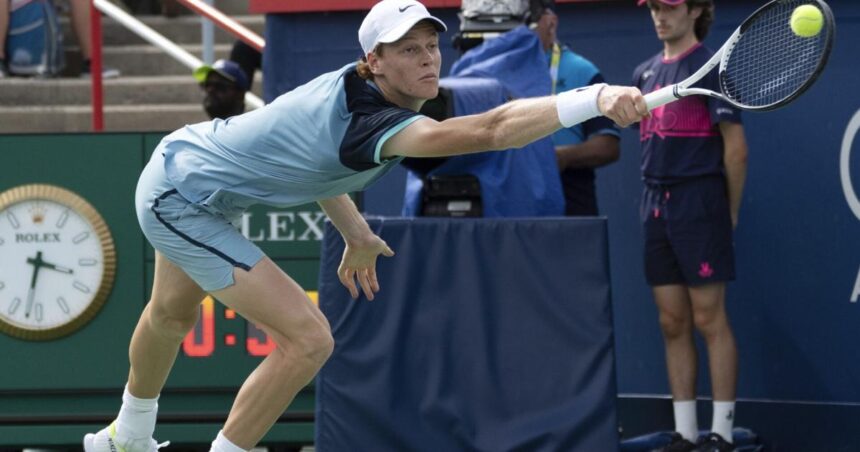No. 1-ranked men’s tennis player Jannik Sinner will be playing in the U.S. Open — which begins in New York next week — even though word just emerged that he tested positive twice in March for a banned anabolic steroid.
It’s a case that no one knew about until Tuesday and one that has drawn all sorts of questions — and, in some instances, criticism — from other players who wonder whether there was a double standard at play because of Sinner’s success, are confused about why this was all kept under wraps, and want to know why Sinner was allowed to keep competing before there was a resolution.
“I will now put this challenging and deeply unfortunate period behind me,” Sinner said in a statement posted on social media. “I will continue to do everything I can to ensure I continue to comply with the (sport’s) anti-doping (program) and I have a team around me that are meticulous in their own compliance.”
People are also reading…
Not everyone is completely ready to just move forward. And it will be interesting to see how much scrutiny Sinner receives — from other athletes, from spectators, from the media — during the year’s last Grand Slam tournament, where he will be the top-seeded man.
“Different rules for different players,” 2021 Wimbledon semifinalist Denis Shapovalov wrote on social media.
Here is a look at some of the issues connected to what happened with Sinner:
Who is Jannik Sinner?
Sinner is a 23-year-old Italian who moved up to No. 1 in the ATP rankings for the first time in June and is considered one of the leaders of the next group of male tennis stars who will succeed the Big Three of Roger Federer, Rafael Nadal and Novak Djokovic.





